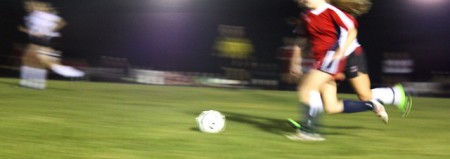Is your scene fast or fast-paced? There’s a difference, an important difference.
A fast paced scene has lots of small changes happening, which keeps the reader on the edge of his/her seat. Think of it as the last few minutes of a basketball game where the ball changes hands often, and the score bounces back and forth.
These could be called small zigzags of action and emotion, or it could be a rapid list of beats or actions. Each action lasts a short time, before something else happens.

A fast scene means that the whole scene is quickly over. The entire beginning, complication, development, and resolution of the scene takes just a few moments, a few lines.
Fast-paced scenes are almost always welcome.
Fast scenes have a place in fiction when you need something to happen in an economical manner.
However, you should avoid fast scenes for the Big Moments in your story. These are scenes such as the Opening, the climax of Act 1 (sometimes called the Inciting Incident) which moves the action into Act 2, several big moments in Act 2, the scene that send the action into Act 3, and of course, the Climax scene. Those scenes need to take up more space, and should probably be fast-paced. But there’s more happening, emotional content, twists, and surprises; these are extended scenes. These are the things that make a scene big. Of all the scenes, the longest will probably be the Climax scene, by a matter of pages.
There are fast-paced, fast (or short) scenes.
There are fast-paced, medium length scenes.
There are fast-paced, long scenes.
Make sure you know when and where to use each one.
2 thoughts on “0”
Comments are closed.